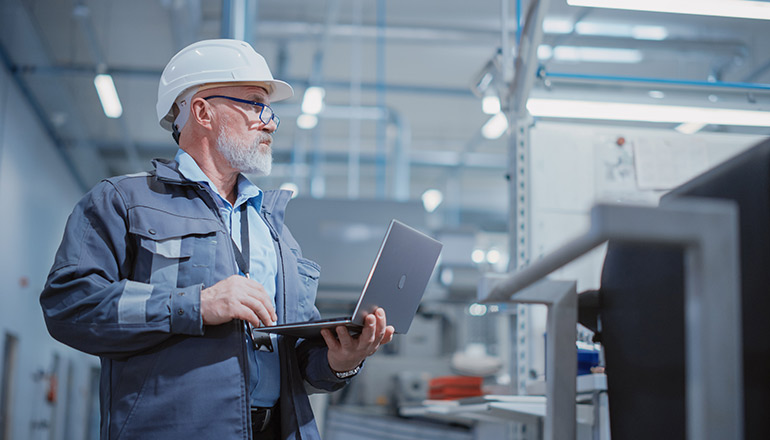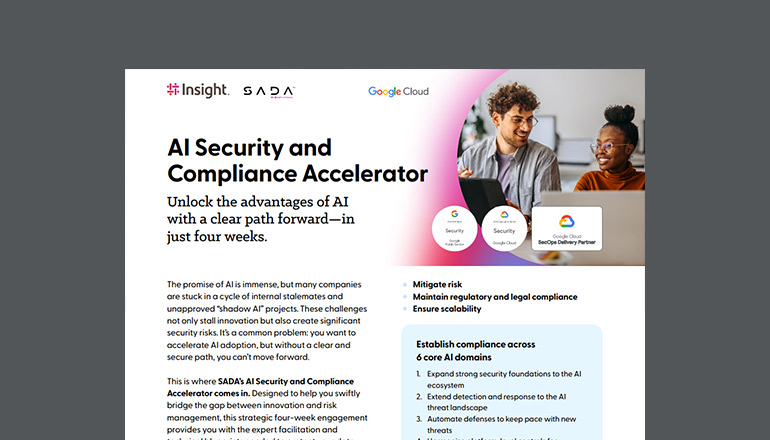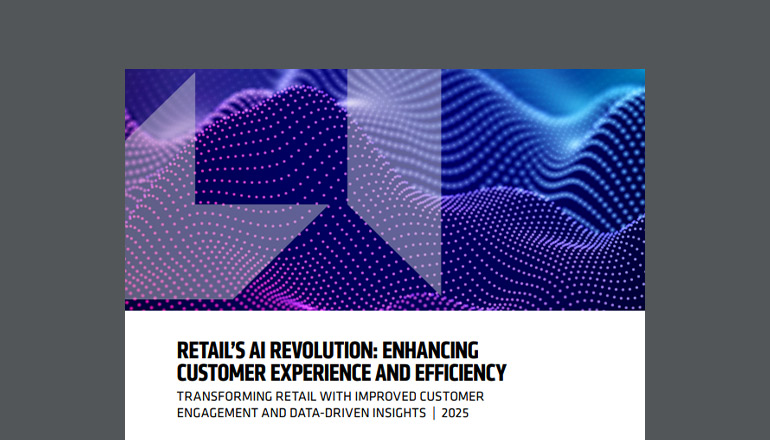Article
Improving Workplace Safety
Through Industrial IoT
Futuristic views of technology in the workplace may conjure images of robots and automated assembly lines. But today’s intelligent systems aren’t here to replace human workers. Instead ― they’re helping to keep us safe.
By Insight Editor / 2 Apr 2020 / Topics: Artificial Intelligence (AI) Immersive technology Analytics Intelligent edge

As we enter the fourth industrial revolution (or Industry 4.0), emerging IT solutions such as edge computing and 5G are paving the way for “smart factories” of the future.
By collecting and analyzing data from connected devices and systems in real time, modern organizations are unlocking new realms of possibility across all aspects of their business. The combined network of these connected devices and systems, known as the Industrial Internet of Things (IIoT), presents clear opportunities to streamline operations and boost productivity. But organizations are also leveraging the power of IIoT to focus on the human side of manufacturing — building smarter, safer work environments for employees.
The National Safety Council (NSC) reports that the top three leading causes of work-related injuries in the U.S. are: overexertion; slips, trips and falls; and contact with objects and equipment. Together, these account for more than 84% of all nonfatal accidents on the job.
Perhaps unsurprisingly, workers in construction, manufacturing and warehousing experience some of the highest rates of injury. Strenuous physical labor and frequent interaction with heavy machinery increase the likelihood of strain or injury. But what if these incidents could be prevented before they occur?
Emerging technologies such as computer vision, advanced sensors, augmented reality and Artificial Intelligence (AI) are creating new opportunities to do just that. Working together as a connected IIoT system, these solutions provide the visibility and intelligence to identify hazards, prevent injury and reduce overall risk — empowering organizations to build a virtual safety net for their employees.
Let’s examine a few ways the industrial Internet of Things (IoT) is helping to keep workers safe.
Computer vision
When it comes to safety, an extra pair of eyes can make all the difference.
At a high level, computer vision refers to the techniques and processes used to allow machines to understand digital imagery. By analyzing pixels for recognizable patterns like shape and color, algorithms are able to recognize, classify and otherwise analyze photo or video footage. While these may sound like the types of systems you might find on an autonomous vehicle ― and you’d be right ― the same basic strategies are actively being used to gain visibility across manufacturing, construction and resource-based environments.
By integrating IP cameras into an IIoT ecosystem, computer vision techniques can be used to process and respond to digital images in real time. In warehouses or factories, for example, computer vision may be leveraged to assess the current state of an object or environment ― say, if a worker is missing a hard hat or a piece of equipment has been left running unattended. Other systems may be set up to monitor a specific location, ensuring workers avoid dangerous zones altogether. Leveraging the connected capabilities of an industrial IoT system, computer vision can be used to trigger alerts to the worker or floor manager through an app, a display or a simple flashing light.
Beyond the factory floor, drone-mounted cameras are creating new possibilities for computer vision in the field. Applying the same techniques to analyze and classify digital images, drones are now being used to conduct remote inspections of hazardous environments, including construction and active mining sites. Keeping an eye in the sky allows potential hazards to be identified and removed, while reducing the need to put human inspectors at risk.
IoT sensors and wearables
Aside from visual cues, there can be many other indicators of risk in an industrial environment. Temperature, pressure, humidity, vibration, sound or even air quality can be critical factors to consider when it comes to ensuring worker safety.
Employees working with or around heavy machinery face a higher degree of risk, particularly if an internal component or safety feature were to malfunction. By using sensors to monitor the sound, frequency, vibration and temperature within a given machine, IIoT systems are able to trigger maintenance alerts. This same data can be used to develop predictive models or digital twins for predictive maintenance ― not only responding to existing issues but calculating when a repair will be needed before a potentially dangerous failure occurs. This not only results in less downtime for the organization, it also provides an added layer of assurance for equipment operators.
Outside of machinery, connected sensors can be used in more direct ways to keep individuals safe. Outfitting workers with RFID tags, for example, actively helps to ensure that only authorized personnel enter designated areas, thereby reducing the risk of an untrained or inexperienced individual putting themselves in harm’s way. Attached to safety gear, RFID can also make sure the proper precautions are being taken in hazardous zones.
In particularly harsh or hazardous environments such as energy production facilities, mining or drilling sites, some organizations leverage sensors in wearable technology to alert users or supervisors to signs of overexertion. Smart watches provide ready access to vital signs like heart rate and temperature, allowing employers to take steps to prevent strain or respond quickly in the event of an emergency.
Virtual and augmented reality
Knowledge is key when it comes to staying safe on the job, and experience is the best teacher. With this in mind, some organizations are abandoning their hundred-page training manuals in favor of more immersive solutions, including Virtual Reality (VR).
Exxon Mobile, for instance, has developed its own VR training program known as the “digital garage.” By simulating real-life scenarios, workers are granted the freedom to make mistakes and hone their decision-making skills in a low-risk environment. This approach helps to sharpen instincts, increase preparedness and reduce risk in the real world. Similar VR solutions are being applied at other organizations, including Walmart and Verizon.
Of course, it’s not possible to train for every possible scenario and some procedures are simply too complex to be memorized. And this is where Augmented Reality (AR) comes into play. Imagine a technician is assigned to repair an unfamiliar piece of equipment. In order to access the damaged part, the machine will have to be disassembled and reassembled in a precise order. By combining live data with intelligent feedback through a headset, tablet or mobile device, AR can be used to identify parts and deliver instructions step by step, right when the technician needs the information.
The better prepared your employees are to do their work correctly and consistently, the safer your organization will be.
AI and industrial automation
In almost any industry, there are some aspects of the job that pose too great a risk or require too much precision for a human employee. In these instances, organizations increasingly turn to automation.
While fully automated drilling and construction robotics are just beginning to make waves, automation in manufacturing is nothing new. In fact, it’s one of the reasons workplace injuries have steadily declined over the past few decades. But until now, even the most fine-tuned of these machines still require some level of human interaction and correction to recognize and prevent failures.
Today, the ongoing evolution of AI promises to further transform industrial automation, laying the groundwork for more “intelligent” machines capable of carrying out more complex tasks. This reduces the need for human intervention in fully automated systems and makes these machines safer to interact with in a collaborative role.
As automated systems become more adaptable and multifunctional thanks to advancements in deep learning and neural networks, they continue to provide opportunities to reduce human exposure to hazardous environments.
The future of workplace safety with IIoT
Moving forward, workplace safety will increasingly depend on a company's willingness to invest in cutting-edge technologies. As organizations continue to explore the possibilities for connected devices and industrial IoT solutions, modern factories, warehouses and work sites will only continue to become safer and more efficient.







